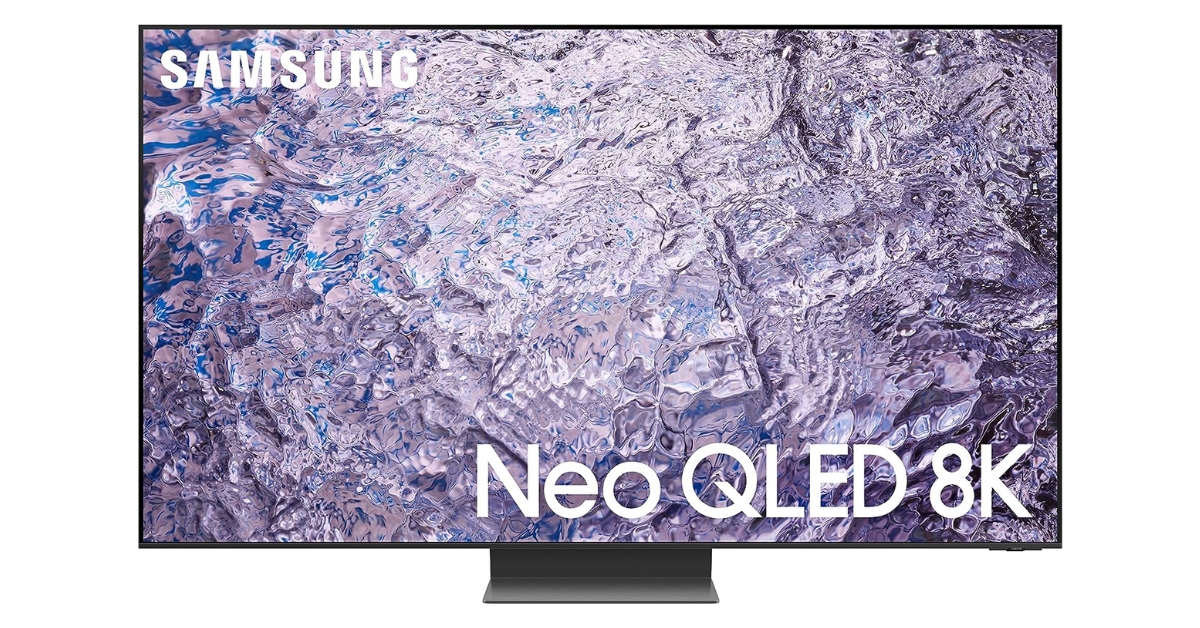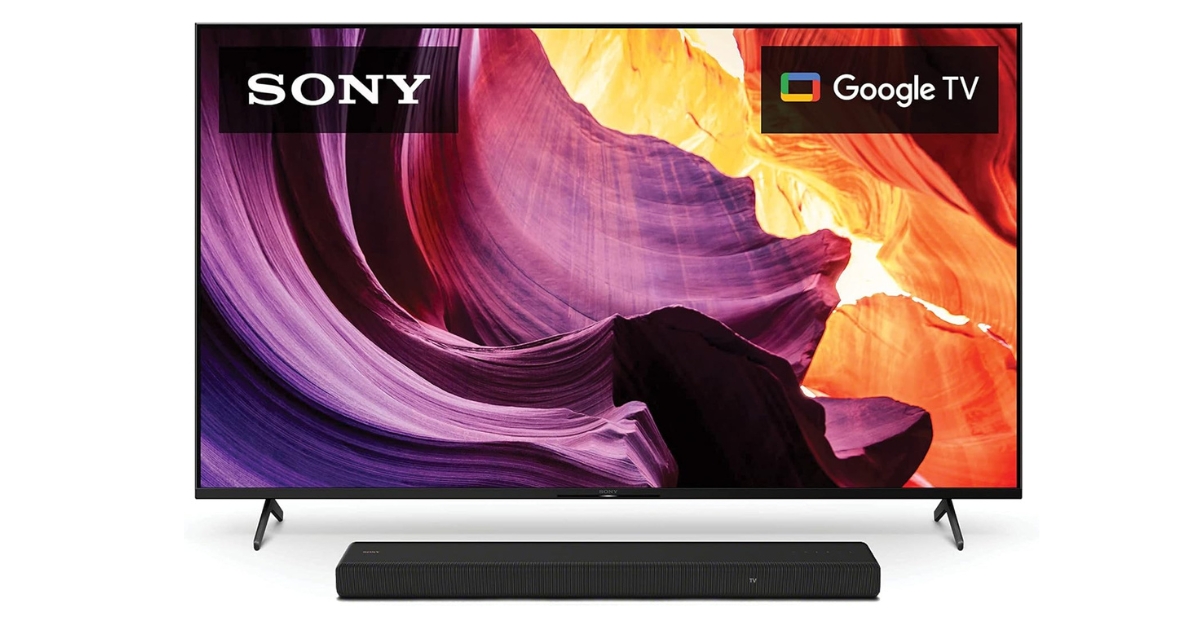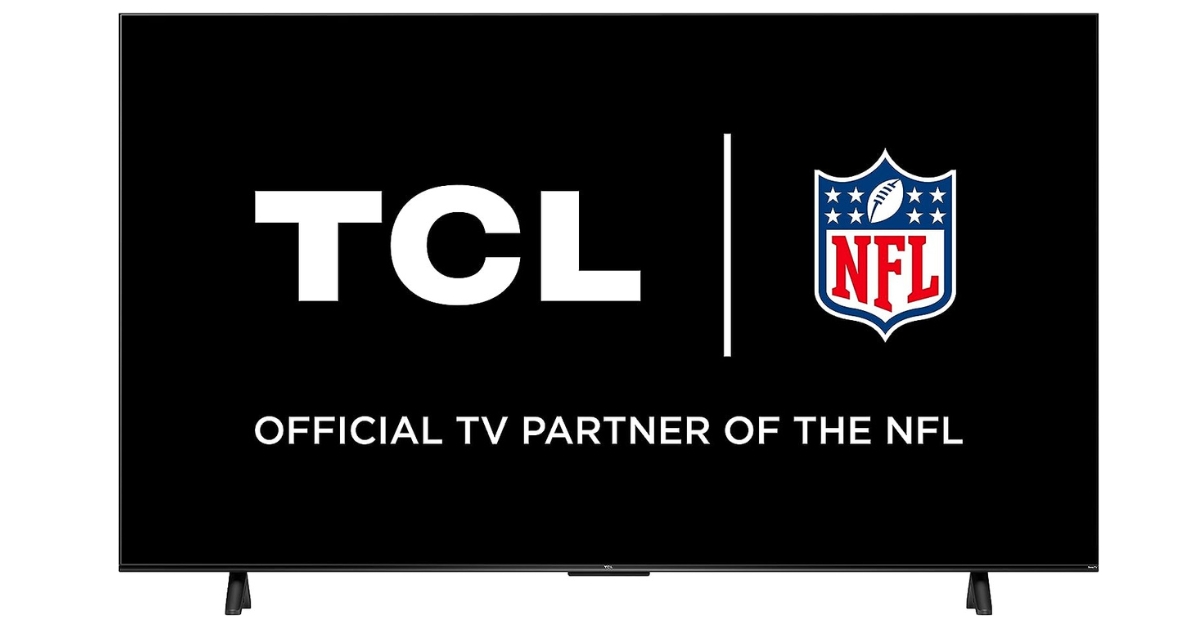Table of Contents
75-inch TV Dimensions
Large TVs can greatly enhance your viewing experience by providing immersive visuals and a cinema-like atmosphere. A 75-inch TV has become increasingly popular for home theaters, living rooms, and even commercial spaces.
But before you make a purchase, it's essential to understand the dimensions and specs of a 75-inch TV to ensure you have the space and setup to accommodate it properly.
Here’s a table with the Specifications of a 75-inch TV dimensions:
Understanding Television Dimensions
When choosing the perfect 75-inch TV for your home, understanding its dimensions is crucial. Check out this video’s explanation of how to measure the TV size.
Diagonal Measurement
The diagonal screen size of a 75-inch TV is measured from one corner of the screen to the opposite corner diagonally. It's important to consider this measurement when determining the available space in your room, as well as when calculating the optimal viewing distance.
Additionally, the diagonal measurement will be a key factor in choosing a compatible TV stand or wall mount.
Width, Height, and Depth
For a 75-inch TV, the approximate dimensions are 65.4 inches (166.1 cm) in width and 36.8 inches (93.5 cm) in height. These dimensions refer to the actual dimensions and actual screen size, not including any framing or bezels that surround the display. Keep in mind that the width, height, and depth of a TV may vary slightly between models and manufacturers.
When considering the size of your living room and viewing distance, be sure to take into account the width and height of the TV, as well as its depth. The depth is particularly important if you're planning to place the TV on a stand or mount it on a wall. For example, a 75-inch TV's depth can range from 2.875 inches (7.3 cm) for the TV itself to 15 inches (38.1 cm) when including the stand.
The Importance of TV Size
When considering a new TV purchase, it's essential to understand the importance of TV size, particularly for large screens like a 75-inch TV.
Viewing Distance
The viewing distance is the space between your eyes and the TV screen. It plays a significant role in providing a comfortable and immersive experience while you watch your favorite content. For a 75-inch TV, the recommended viewing distance is approximately 10.2 feet (3.1 meters).
However, this varies depending on the TV's resolution:
- HD (720p and 1080p) TVs: sit farther away to prevent individual pixels from being visible.
- 4K Ultra HD TVs: sit closer to appreciate higher resolutions and improved picture quality.
Room Size Requirements
Your room size directly impacts not only the TV size you should choose but also the optimal TV position and your overall living room setup. A 75-inch TV usually measures around 65.4 inches (166.1 cm) in width and 36.8 inches (93.5 cm) in height, with a 16:9 aspect ratio.
It's essential to consider the TV dimensions when planning your room layout and furniture placement.
Consider these factors when determining if a 75-inch TV is suitable for your space:
- Ensure there's enough space for you to sit at the recommended distance.
- The TV's position should complement the room's existing furniture and design.
- If you plan to wall mount your TV, make sure there's enough wall space available.
Mounting Considerations
When it comes to mounting your 75-inch TV, there are several factors to consider:
- Wall mounting provides a clean and elegant look, but it requires proper installation to ensure stability and safety. Determine the wall mount's dimensions and choose an appropriate location to accommodate your TV effortlessly.
- For an optimal viewing experience, the TV's center should be at eye level when you're seated. Adjust the wall mount or TV stand to the most comfortable height.
- Some wall mounts offer additional features like tilting and swiveling, allowing you to adjust the viewing angle for better viewing experiences regardless of where you sit in the room.
75-Inch TV Brands Comparison
In this section, we'll compare popular 75-inch TV brands: Samsung, LG, Sony, Hisense, and TCL. Each brand has its unique features and offers various models with different specs to cater to various budgets and preferences.
Samsung
Samsung
Samsung offers a wide range of 75-inch TVs, including QLED, 4K, and 8K models. One of their top-tier options is the Samsung 75-inch QN90A, which measures 65.7 inches wide. Samsung TVs are known for their high-quality picture, vibrant colors, and impressive contrast ratios.
Pros
- Excellent picture quality
- Sleek design
- Wide selection of smart features
Cons
- Premium models can be expensive
- May have a limited selection of apps
LG
LG is another leading brand offering a variety of 75-inch TVs, including OLED and LCD models. The LG C3 OLED, available in sizes ranging from 42 to 83 inches, is one of the best all-around TVs you can buy d for their remarkable picture quality, wide viewing angles, and user-friendly smart platforms.
Pros
- Incredible image quality
- Wide viewing angles
- Intuitive smart platform
Con
- OLED models may be expensive
- Risk of temporary image retention
Sony
Sony
Sony's 75-inch TV lineup comprises a range of LED and OLED offerings, such as the Sony 75-inch X950G. The dimensions of this model are approximately 40.875 inches tall by 66 inches wide. Sony TVs are renowned for their reliable performance, accurate color reproduction, and sound quality or voice control (quality sound that feels like just your voice).
Pros
- Excellent color accuracy
- High-quality audio
- Solid build and design
Cons
- Higher price compared to some competitors
- Smart platforms may be less user-friendly
Hisense
Hisense is a budget-friendly option for those seeking a 75-inch TV without breaking the bank. The Hisense 75-inch U6K is one of their more affordable offerings. Known for delivering
performance at an attractive price, Hisense TVs may have some limitations in terms of features and image quality compared to premium brands.
Pros
- Budget-friendly
- Decent performance
- Large selection of applications
Cons
- Image quality may be inferior to other brands
- Limited local dimming capabilities
TCL
TCL
TCL is another cost-effective choice for large TVs, known for its value-for-money offerings. Some TCL models are wider than Samsung models. For example, the 75-inch TCL 4-Series is 66.1 inches wide.
Although more affordable, TCL TVs have fewer features and may not deliver the same impressive image quality as their premium counterparts.
Pros
- Very budget-friendly
- Wide range of big screen sizes
- Roku smart platform integration
Cons
- Lower image quality than premium brands
- Limited high-end features
Key TV Features to Consider
When choosing a 75-inch TV, there are several essential features to consider, which can significantly impact your viewing experience.
Resolution
Resolution plays a vital role in determining the picture quality of a TV. The higher the resolution, the more detailed and sharper the image will be. Nowadays, most larger TVs offer 4K (Ultra HD) resolution, which provides four times the details of a 1080p (Full HD) TV.
Some high-end TVs even offer 8K resolution, which has 16 times more detail than 1080p. When considering a 75-inch TV, a 4K resolution is highly recommended since it offers excellent picture quality and an immersive viewing experience.
HDR and Local Dimming
High dynamic range (HDR) is an essential feature that enhances the contrast ratio and color accuracy of the TV's image. HDR TVs offer a wider color gamut and deeper color reproduction, leading to more vibrant and lifelike images.
There are different HDR formats available, such as HDR10, HDR10+, HLG, and Dolby Vision; each format offers varying levels of picture enhancement.
Local dimming is a feature that helps improve the black levels and contrast of LED-backlit TVs. It works by selectively dimming the backlight behind darker portions of the screen area, resulting in deeper blacks and more precise contrast.
HDR performance is significantly enhanced when combined with local dimming, offering a more dynamic and immersive visual experience on your 75-inch TV.
Refresh Rate
The refresh rate of a TV determines how many frames per second (fps) it can display. A higher refresh rate results in smoother motion and reduced motion blur, making it especially important when watching fast-paced content like sports or action movies.
Most TVs have a refresh rate of either 60Hz or 120Hz, with some high-end models offering even higher rates for optimal performance.
For a 75-inch TV, a refresh rate of 120Hz is highly recommended; it ensures smooth motion and a more engaging viewing experience. Some TVs also feature technologies like Nvidia G-Sync or AMD FreeSync Premium to reduce input lag and screen tearing for a seamless gaming experience.
Understanding the Standards of TV Dimensions
When it comes to 75-inch TV dimensions, it is important to understand the standards that dictate the best viewing experience. Society of Motion Picture and Television Engineers (SMPTE) and THX are two of the main organizations that have established guidelines for TV dimensions, screen sizes, and optimal viewing distances.
THX Standards
THX, a renowned certification company for audio and video products, has its guidelines for optimal TV viewing. The THX standards focus on providing an immersive experience for the viewer.
By taking into account factors such as large room, viewing distance, and TV screen size, these standards aim to enhance the overall picture and immersive sound quality of your TV.
To provide an optimal viewing experience, THX recommends a viewing distance of about 1.2 to 1.4 times the diagonal screen size for 1080p resolution TVs. For a 75-inch TV, this would mean a distance of around 7.5 to 8.75 feet.
For 4K resolution TVs, the recommended distance is 0.8 times the screen size, translating to approximately 5 feet for a 75-inch TV.
SMPTE Standards
The Society of Motion Picture and Television Engineers (SMPTE) also provides guidelines for TV dimensions and viewing distance. The SMPTE standards focus on various aspects of the viewer's experience, such as pixel density, viewing angle, and eye level.
According to SMPTE's recommendations, the optimal viewing distance for a 75-inch TV should be about 1.6 times the screen's diagonal size. This means that for a 75-inch screen, the ideal distance would be around 10 feet.
SMPTE standards also suggest factoring in the horizontal and vertical viewing angles, ensuring that the viewer's eye level is centered on the screen's middle third.
Recent Articles




















